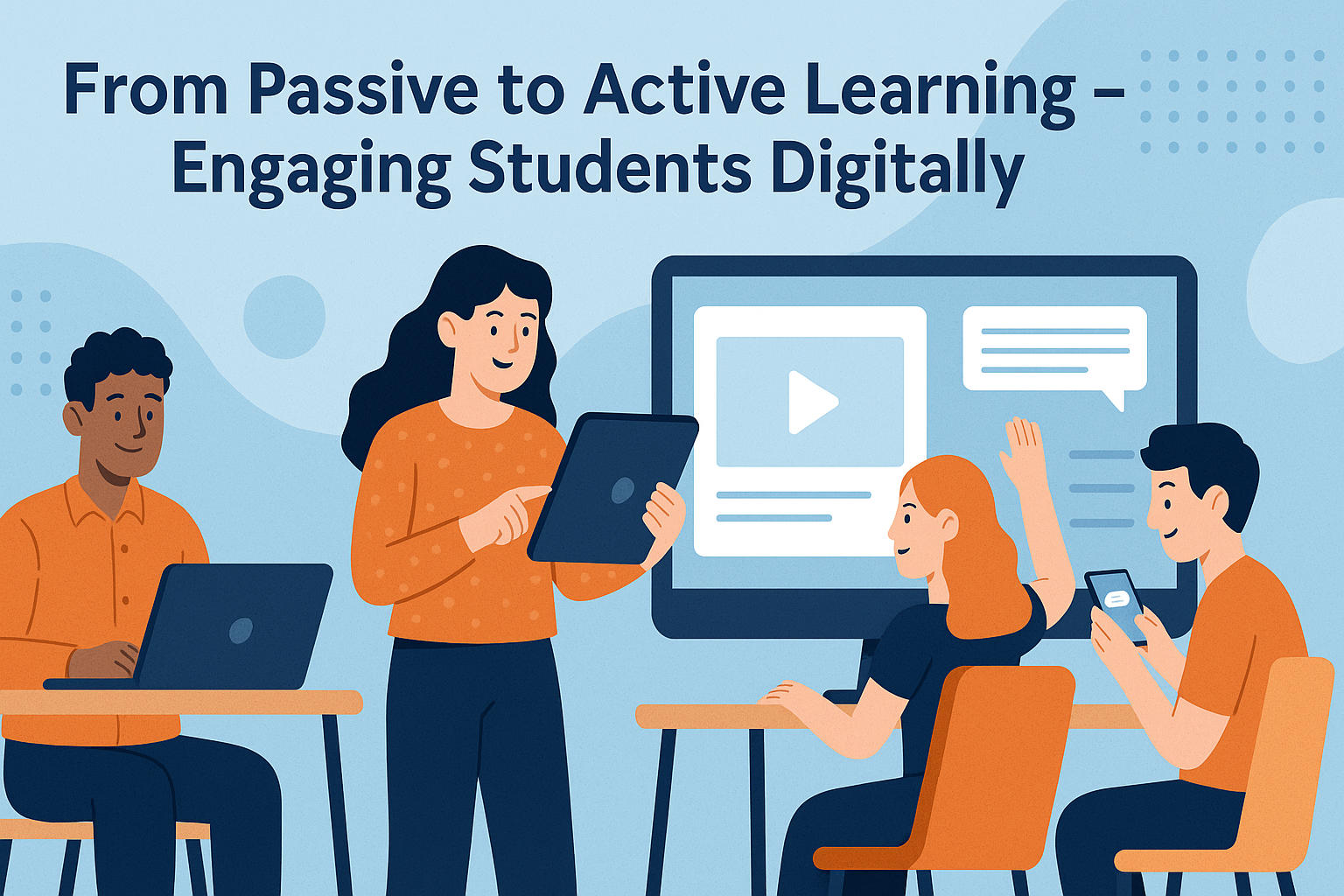
In our modern digital learning environments, it’s easy for students to become passive participants, present but silent, logged in but disengaged. Educators, too, may find themselves defaulting to one-way content delivery, constrained by time, tech limitations, or uncertainty. This module helps educators break free from that pattern by leveraging the science of nudging and the practice of self-nudging to build more interactive, human-centred digital lessons.
Nudging is a behavioural strategy that uses subtle prompts to guide people toward better decisions, without pressure or mandates. When thoughtfully applied in higher education, digital nudges like live polls, visual progress trackers, and structured discussion cues can shift students from spectators to active learners. They help make participation timely, easy, and even enjoyable.
But nudging isn’t just for students. Self-nudging allows educators to design their own digital habits and teaching routines. Through small changes—like planning interaction points every 10 minutes, embedding “first-click” questions, or co-creating digital norms with students and teachers can steer themselves toward more participatory practices without waiting for institutional direction or large-scale training. It’s about reclaiming agency through intentional, low-barrier adjustments.
Think of traditional digital teaching as an aquarium, students visible behind the glass, the teacher feeding content from outside. Now imagine the open ocean: dynamic, collaborative, full of movement. Nudging helps us dive in. It transforms silent dashboards into spaces for exploration, feedback, and connection.
In this module, you’ll discover practical strategies to activate student learning, boost motivation, and improve retention, through behavioural insight, ethical design, and reflective teaching. Whether you’re just beginning your digital transformation or refining existing practices, this is your invitation to go beyond passive screens—and toward purposeful clicks.
To support educators in using self-nudging techniques to move from passive content delivery to more participatory, engaging digital teaching approaches. This module helps lecturers build interactive lessons, use digital tools effectively, and apply nudging strategies to boost student involvement.
Most educators set learning goals for students—but few do the same for themselves. In the context of nudging and digital engagement, defining clear personal teaching objectives helps you shift from reactive to reflective teaching. These objectives are the foundation for intentional change.
By the end of this module, you should be able to:
When educators design for interaction, students benefit from increased attention, clearer participation expectations, and a stronger sense of connection. The outcomes of this module reflect both educator action and student transformation.
After implementing what you’ve learned, your students will be more likely to: